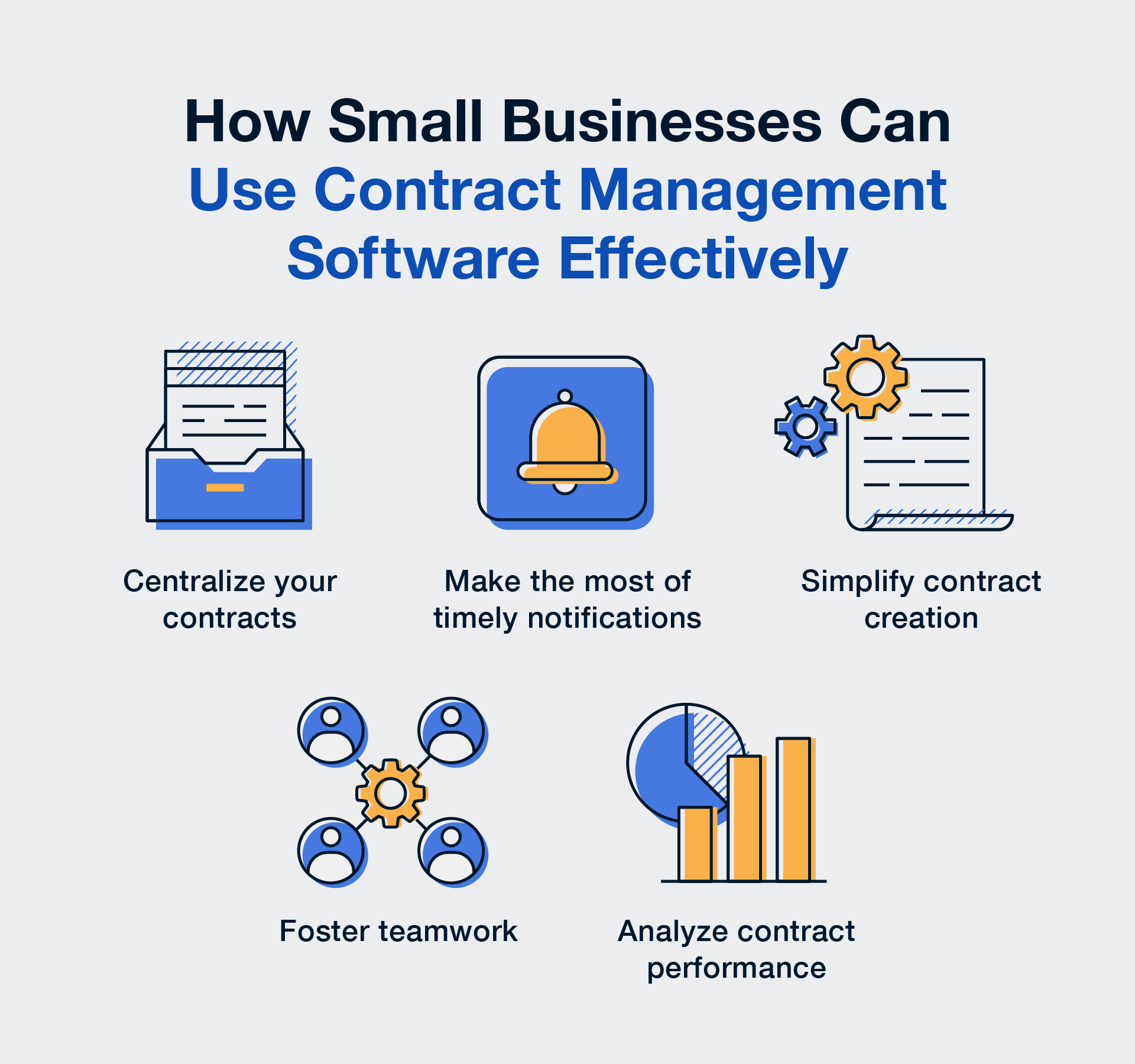What is Termination for Cause?
Termination for cause or convenience defines when and how a contract can be ended—either for a legitimate breach (for cause) or voluntarily (for convenience).
- Termination for cause typically occurs due to material breach, nonperformance, or insolvency.
- Termination for convenience allows one party to end the contract without cause, usually with written notice.
These clauses preserve flexibility while setting expectations for notice periods, compensation, and transition responsibilities.
Why Termination for Cause / Convenience Matters
Clear termination rights reduce legal risk and business disruption. Without them, one or both parties may be forced into unproductive or costly relationships.
Well-structured termination provisions:
-
Protect against ongoing losses from nonperforming vendors
-
Allow businesses to adjust to strategic or budgetary shifts
-
Prevent disputes over exit terms
-
Maintain fairness and clarity around obligations after termination
Best Practices for Termination for Cause / Convenience
-
Clearly define what constitutes “cause.”
-
Specify notice periods and required documentation.
-
Include compensation terms for partial performance.
-
Require both parties to cooperate during offboarding.
-
Document all termination actions in the contract repository.
Example of Termination for Cause / Convenience in Practice
A company exercises termination for convenience on a consulting contract after a change in business direction, giving 30 days’ notice and paying for completed work per the agreement.





